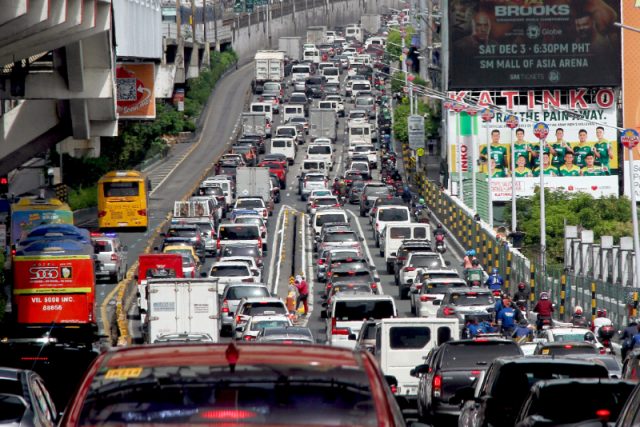A Facebook page posted an erroneous claim that the Philippines received a high score for its public transport system.
The page called “Team Philippines” cited the latest results of the “2022 Public Transit Index” where the country ranked low at the 56th spot out of 60 countries.
Atom Araullo posted screenshots of this post to correct the page’s administrators for the false claim via Facebook and Twitter.
“Sino pong magpapaliwanag sa kanila kung paanong nagwo-work ang ranking?” Araullo said.
Sino pong magpapaliwanag sa kanila kung paanong nagwo-work ang ranking? pic.twitter.com/rqJR7Sq2UW
— Atom Araullo (@atomaraullo) December 14, 2022
As of writing, the original post can neither be found nor accessible on the platform.
Based on the screenshots, the page uploaded an edited graphic that showed the supposed ranking of Southeast Asian cities in terms of their public transportation systems.
The post, however, falsely stated in the title that the list is “the best” public transportation in Southeast Asia in 2022.
The uploader also mentioned Araullo on the post, saying:
“Pakitampal kay Atom Araullo nang mahimasmasan. Ano, nasundo na ba ‘yang maarteng pabebe na ‘yan?”
The data on the now-edited graphic is found in an international study called the “2022 Urban Mobility Index.” This reported the mobility preparedness of 60 key cities around the world was analyzed.
Released last November, it was conducted by the think tank Oliver Wyman Forum in partnership with the University of California in Berkeley, USA.
Manila, however, did not receive a positive ranking in all the categories of the index.
Manila ranked 56th out of 60 in the public transit list, thus being among the world’s worst or “lagging cities”.
The nation’s capital also ranked low in the following categories of the index:
- 58th place in Urban Readiness Mobility
- 48th in Sustainable Mobility
The list of the world’s worst public transport system are as follows:
- Cairo
- Abu Dhabi
- Casablanca
- Quito
- Cape Town
- Manila
- Johannesburg
- Riyadh
- Nairobi
- Jeddah
The public transit sub-index “measures cities on public transit density, efficiency, and utilization rate and the extent to which they can adapt to address competition from emerging mobility services.”
READ: Commuter woes retold online amid Manila’s ranking in world’s public transit system
The bigger issue
The “Team Philippines” post was a response to Araullo’s previous tweet about the state of the public transportation system in the country.
The veteran reporter was complaining about the lack of transport options for travelers arriving at the airport.
He also uploaded a photo of the long line of travelers who are waiting for their taxi rides.
“This is what a broken transpo [transportation] system looks like,” Araullo tweeted.
The Twitter account of the Manila International Airport Authority (MIAA), the one operating four terminals of the Ninoy Aquino International Airport (NAIA), later responded to this.
In its reply, the MIAA attributed the difficulty in finding modes of public transport to the rush hour in the metro.
This exchange later renewed the clamor for the government to fix the public transport system in the country, particularly in Metro Manila.
READ: Gov’t owned agency told to be proactive after Atom Araullo tweets NAIA transport experience
In the overview of the Urban Mobility report, the researchers cited the “domino effect” of the impact of a poor transport system on a city or a country’s economy.
“With many public transit systems struggling to recoup riders and revenue in this new work-from-home era, it’s an immense piece of the puzzle for cities to solve to recover efficiently,” the researchers said.
“The potential domino effect of a desolate public transit system is staggering: economic fallout from poor revenue and lost jobs to operate it, increased congestion associated with more private travel, likely more road fatalities, and worse noise, light, and air pollution,” they added.










